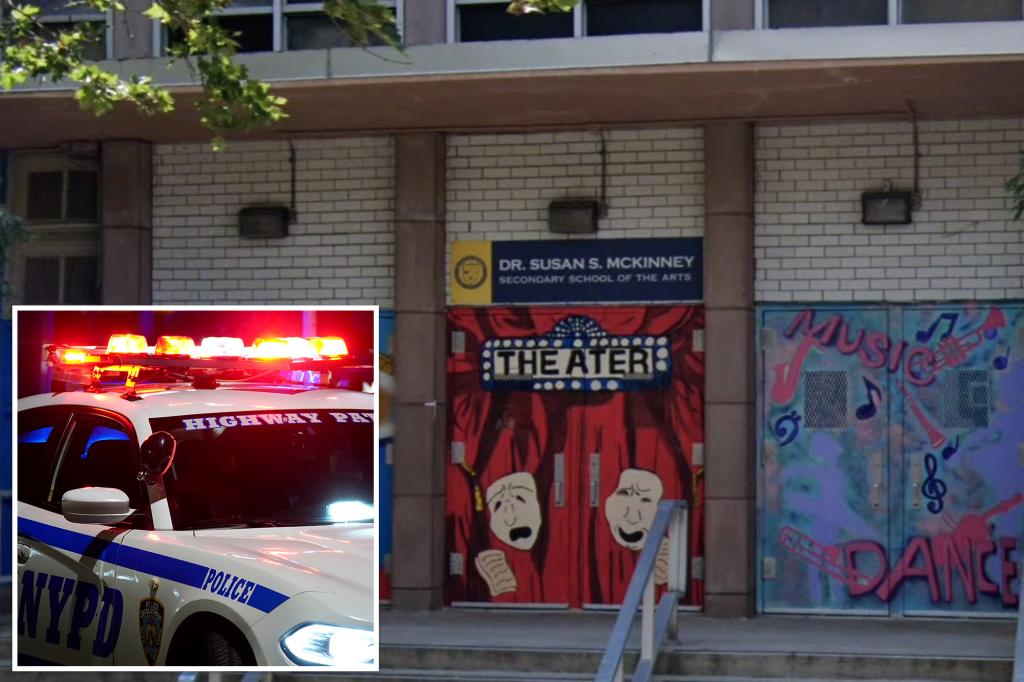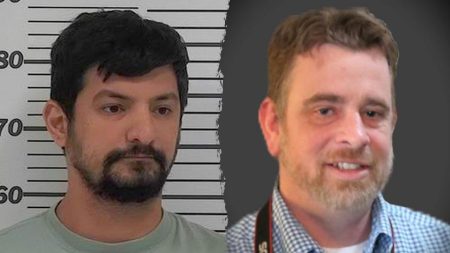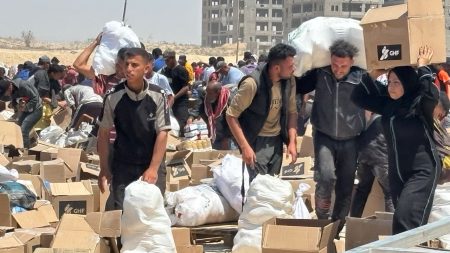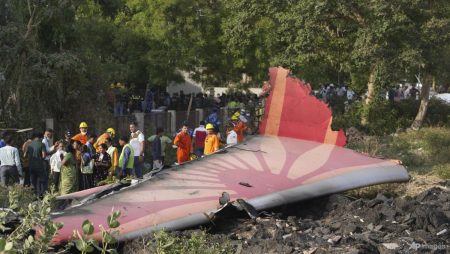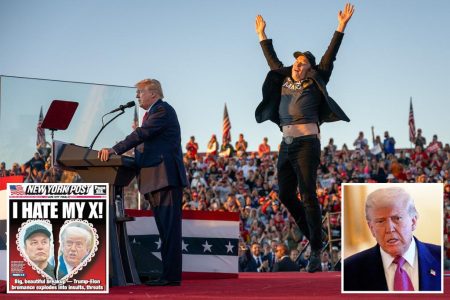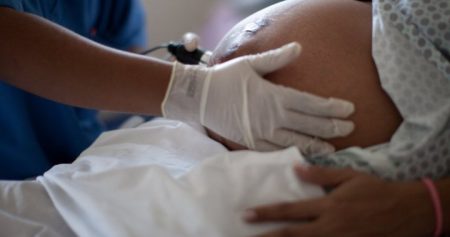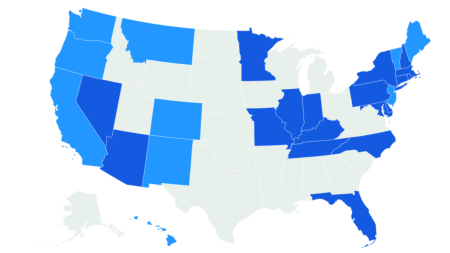Two separate shooting incidents, one in Brooklyn and the other in Queens, unfolded within hours of each other, leaving a trail of injured teenagers and raising concerns about escalating youth violence in New York City. The first incident, a broad-daylight shooting, occurred near Dr. Susan S. McKinney Secondary School of the Arts in Fort Greene, Brooklyn, around 8:30 a.m. on a Thursday morning. A 17-year-old student attending the nearby school was shot in the stomach and subsequently transported to Brooklyn Methodist Hospital, where his condition was stabilized. The suspected shooter, also believed to be a teenager, fled the scene and remained at large. This incident instilled fear and anxiety within the school community and surrounding neighborhood.
The second incident, a mass shooting, took place just hours earlier outside the Amazura nightclub in Jamaica, Queens. Over 100 individuals, predominantly teenagers, had gathered at the nightclub for a memorial service for 16-year-old Taearion Mungo, who was fatally shot in the Walt Whitman Houses public housing complex in Fort Greene on October 26th. The memorial gathering, unfortunately, turned into a scene of chaos and bloodshed as gunfire erupted, leaving ten people injured. The incident highlighted the tragic cycle of violence that often plagues communities grappling with gun-related deaths. The close proximity of Mungo’s murder and the subsequent shooting of the 17-year-old student near the school raised questions about possible connections between the two events, adding another layer of complexity to the investigations.
The shooting outside Amazura nightclub underscored the potential dangers associated with large gatherings, particularly those held in memory of victims of violence. The emotional intensity and potential presence of rival groups or individuals seeking retribution can create a volatile environment where even a minor dispute can quickly escalate into violence. This incident also raised concerns about the accessibility of firearms, particularly among young people, and the need for stricter gun control measures to prevent such tragedies from occurring. The incident further strained community relations and amplified anxieties about public safety, particularly in areas known for gang activity.
The investigation into the nightclub shooting focused on the possible involvement of gangs, given Taearion Mungo’s reported affiliation with the FNO street gang. Investigators were exploring the possibility that the shooting was a retaliatory act or a result of ongoing gang rivalries. The connection to gang activity added another dimension to the investigation, requiring law enforcement to navigate the complexities of gang dynamics and the often-secretive nature of their operations. Understanding the underlying motives and identifying the individuals responsible for the shooting became crucial for preventing further acts of violence and bringing closure to the affected families.
The two shootings, occurring within such a short timeframe, highlighted the pervasive nature of gun violence and its devastating impact on young people. The incidents sparked renewed calls for community-based solutions, increased police presence, and stricter gun control measures to address the root causes of youth violence. The vulnerability of teenagers to gun violence emphasized the need for comprehensive strategies that encompass education, mentorship programs, and mental health services to provide young people with alternatives to a life of crime and violence. Furthermore, fostering collaboration between law enforcement, community organizations, and schools was recognized as essential for creating a safer environment for young people.
Both shootings exemplified the need for a multi-pronged approach to tackling gun violence. Law enforcement investigations were crucial for apprehending the perpetrators and bringing them to justice, but equally important were long-term strategies focused on prevention and intervention. Addressing the underlying social and economic factors that contribute to youth violence, such as poverty, lack of opportunity, and exposure to trauma, was recognized as critical for creating lasting change. The shootings served as a stark reminder of the urgent need for collective action to protect young people and build safer communities for everyone.




